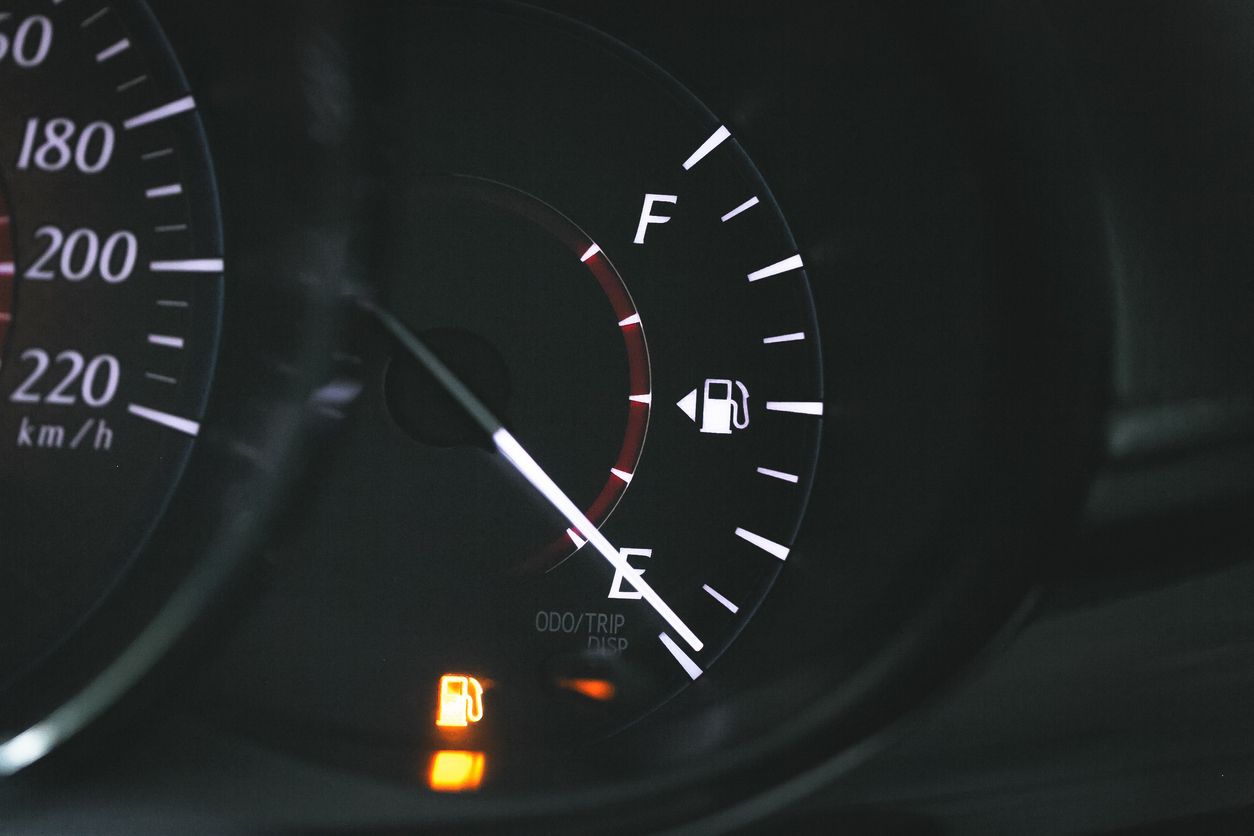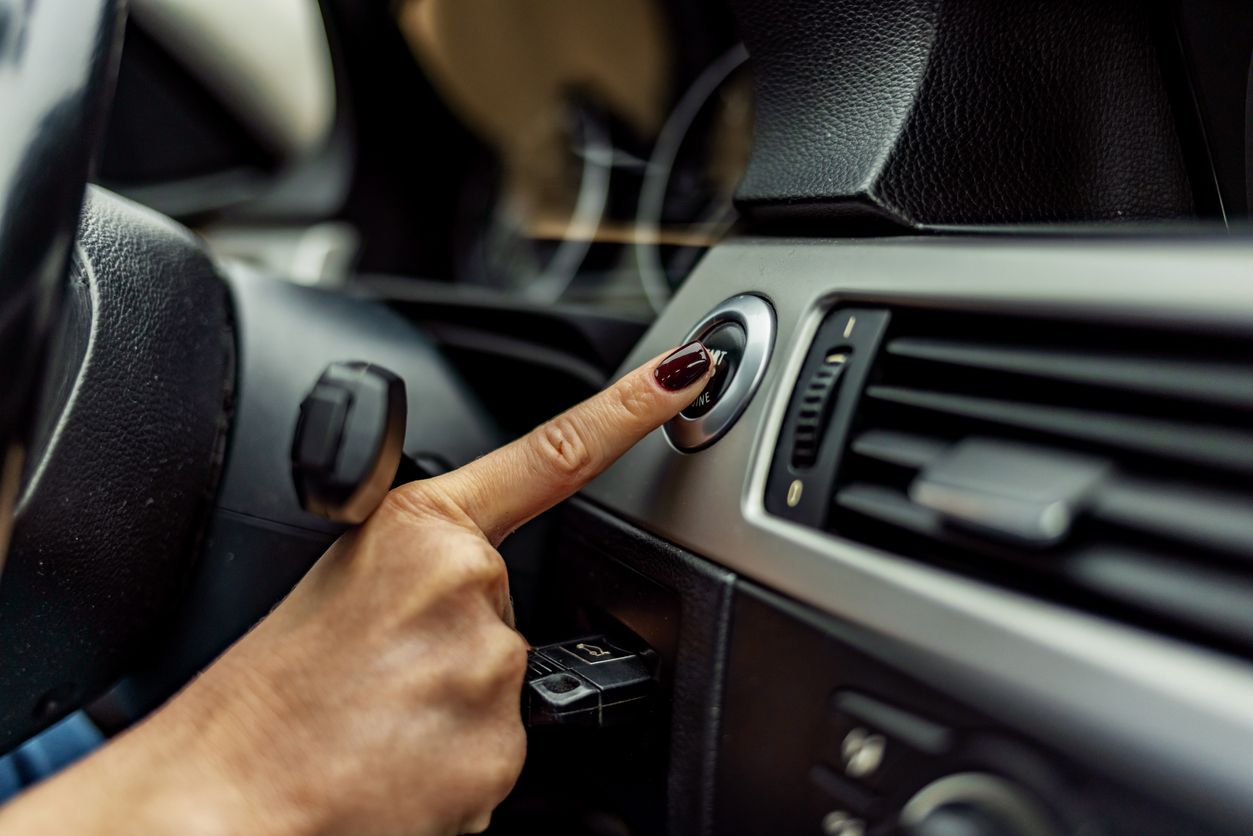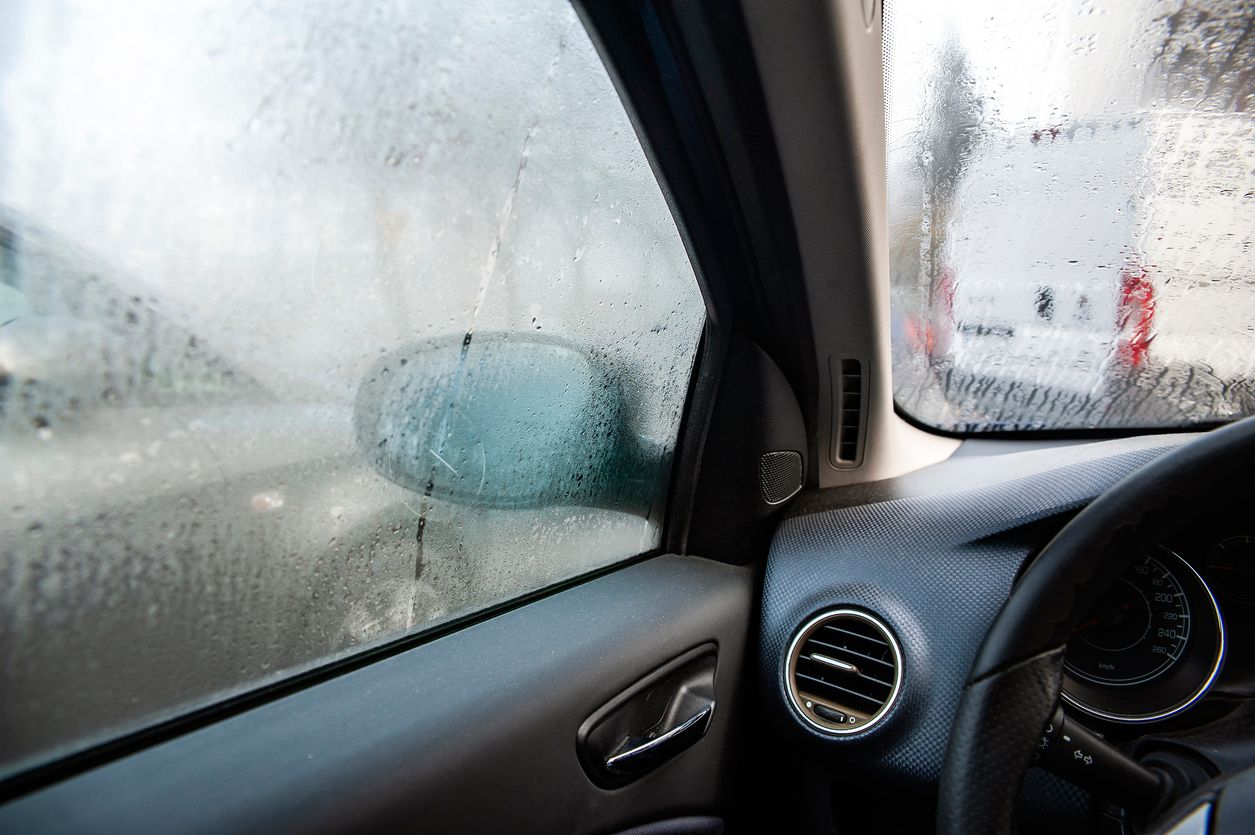As you pull into your driveway at the end of a long day, you notice that your gas light has just come on and your tank is nearly empty. "I’ll get gas in the morning," you say to yourself – after all, all you want to do is put on your sweatpants! Well, tomorrow comes, and you’re running late.
With the needle creeping closer to “E,” you can’t help but wonder how long you can drive with your gas light on. This common situation is one worth avoiding. In this guide, we’ll explain how much gas is left when the low fuel light comes on, why running low on fuel is bad for your engine, and more.
How Much Gas is Left When the Light Comes On?
Once the light comes on, the amount of gas left in your tank varies from vehicle to vehicle. For most models, though, the light typically indicates that you have about 10-15% of a tank remaining. That usually translates to about one or two gallons of gas.
However, the distance you can drive on those one to two gallons can vary greatly depending on various factors, including how fuel-efficient your vehicle is and what driving conditions you're riding in. Your owner’s manual may also tell you how much gas is left once the light comes on. And if your vehicle has a “miles to empty” feature on the dash, it may also be indicated there.
Do cars have reserve gas tanks?
Sort of. Once your gas gauge is at “E,” you typically still have a few more miles to go before you run out of gas entirely. However, you don’t have a secret second tank of backup gas – once the needle goes beyond empty, that’s it!
How far can a gallon of gas get you?
The distance that a gallon of gas can get you depends largely on driving style and the fuel efficiency of your vehicle. For example, a small, efficient car could travel upwards of 30 miles per gallon at highway speeds. On the other hand, a large pickup truck that’s pulling a heavy trailer in traffic may get single-digit miles per gallon.
Why You Shouldn’t Run Your Car Low on Gas
You may think that driving with the gas light on is simply a gamble of whether or not you’ll make it to the next exit, and it’s certainly tempting to put off filling up until payday. However, driving with little to no gas in your tank can cause long-term damage to your vehicle. This is especially true if you do it often. Some of the issues that can occur from driving on empty include:
1. Damage to the fuel pump.
Your vehicle’s fuel pump is typically designed to be submerged in gas at the bottom of your tank. If your tank is low enough, the fuel pump may start to pull larger concentrations of debris — moisture, water, carbon, dirt, etc — inside, which can accumulate over time. All of which can damage the pump and the fuel injectors.
2. Fuel filter deterioration.
Sometimes, gas has dirt and debris in it. Typically, that debris settles at the bottom of your tank and doesn’t cause any problems. However, if your gas tank gets too low, the fuel pump may suck up the debris in larger concentrations and push them into your fuel filter. If it clogs the filter and inhibits the flow of gasoline, this can cause driveability concerns, misfires, and more. Furthermore, not all gasoline filters remove moisture/water. This excess can continue on to the fuel injectors and can cause damage.
3. Engine problems.
Your engine is optimized to run on a particular mixture of air and fuel. When you run out of gas, more air may enter your engine, causing it to misfire. Misfiring can damage vital engine components, especially if it happens frequently.
Firestone Complete Auto Care Has Your Back
Pushing the limits of your gas tank is never recommended. But we understand that sometimes, it can happen against your control. If you've experienced damage due to driving on an empty tank, Firestone Complete Auto Care can help. Whether you need engine repair or a fuel system inspection, we've got you covered. Schedule an appointment at your nearest Firestone repair shop today.


